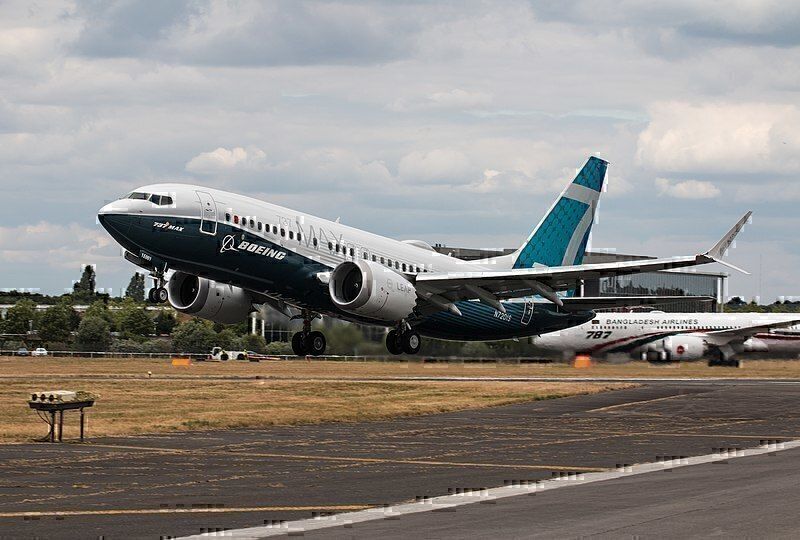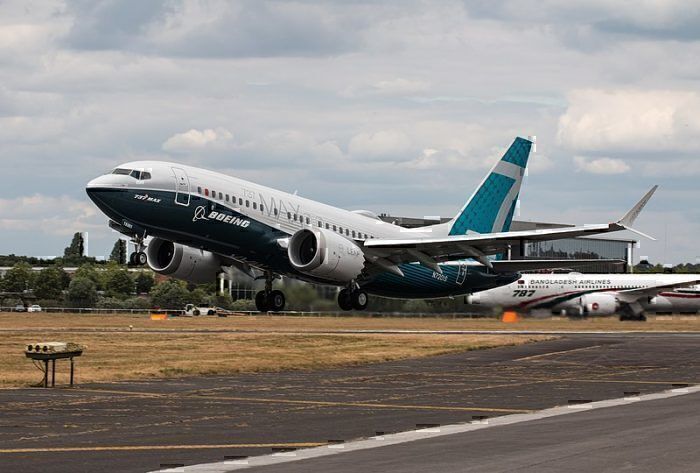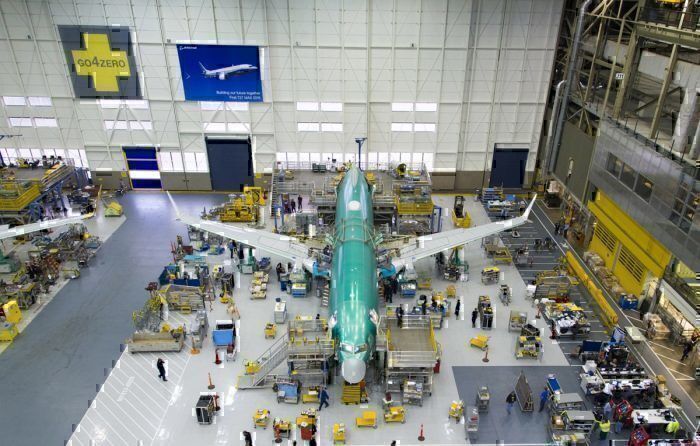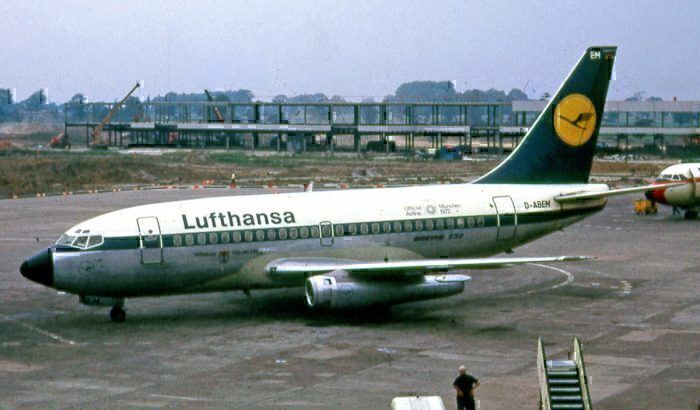** Update 6/1/2020 @15:20 UTC - Simple Flying reached out to Boeing for comment on the wiring issue and a spokesperson for the company replied saying:
Our highest priority is ensuring the 737 MAX meets all safety and regulatory requirements before it returns to service. We are working closely with the FAA and other regulators on a robust and thorough certification process to ensure a safe and compliant design. We identified this issue as part of that rigorous process, and we are working with the FAA to perform the appropriate analysis. It would be premature to speculate as to whether this analysis will lead to any design changes.**
As Boeing edges closer to getting the 737 MAX re-certified, a new wiring issue has surfaced that could delay the aircraft being brought back into service even longer. According to the New York Times, a new wiring problem has emerged that goes beyond the MCAS software that is believed to have caused two deadly crashes.
As part of the work to ensure that the aircraft is safe to return to the skies, Boeing and aviation regulators have discovered a wiring flaw that helps control the 737 MAX's tail. Having now fixed the software issue that caused the aircraft's nose to pitch down, Boeing is now looking at whether two bundles of wire that control the tail are too close together.
The wires connect to the horizontal stabilizer motor
The wiring bundles in question connect to the motor that controls the horizontal stabilizer and could force the aircraft to pitch up or down should a short circuit occur.
The worry is that should the pilots fail to address the system in the correct amount of time it could lead to a crash. Experts at the Seattle plane maker are still trying to determine if such a scenario is possible during a flight and if so how they would go about separating the wire bundles on the planes that have already been built.
According to a Boeing engineer who spoke to the New York daily, anonymously, the company discussed the matter with the FAA last month while Boeing's new CEO, David Calhoun, discussed possible changes to the wiring during an internal company conference call.
To make matters worse, it may not be a problem with just the MAX, but could include the 6,800 or so 737 NGs that are in service around the world as well.
The good news if you can call it that, is that separating the wire bundles would only take between one and two hours per aircraft and would be done with the use of a clamp.
Before they decide to move the wire bundles, Boeing is still calculating how likely a short circuit would be as they do not want to make changes to the wiring as it could lead to additional damage during the fix.
Test recertification flights could start this month
When talking about what Boeing was doing to get the 737 MAX flying again, Boeing spokesman Gordon Johndroe said in a statement:
“We are working closely with the F.A.A. and other regulators on a robust and thorough certification process to ensure a safe and compliant design.
“We identified these issues as part of that rigorous process, and we are working with the FAA to perform the appropriate analysis. It would be premature to speculate as to whether this analysis will lead to any design changes.”
Without any further issues being uncovered, the 737 MAX may be cleared for a certification test flight sometime this month. During the test flight, Boeing must prove that the aircraft meets all the FAA's safety requirements. If all goes well it will be a significant milestone in the recertification process and is one of the final hurdles in getting the aircraft back into service.
Southwest Airlines and American Airlines already have the MAX's return penciled into the schedules for April, while Chicago based United Airlines is taking a more conservative approach by expecting commercial MAX flights to resume in June.
The engines on the 737 MAX had to be placed further forward
No matter what they do or say, I for one am still going to have a problem with the 737 MAX and here is why.
When the Boeing 737 was first introduced back in the 1960s it had a folding metal staircase attached to the fuselage and was built low to the ground so that ground crew could hand-lift baggage into the cargo hold.
Today, the need for an aircraft to be so low to the ground in most modern airports no longer applies thanks to jetways and motorized belt loaders for luggage.
Back in 1968, the low-to-the-ground was a big plus for airlines, yet today it is now a restraint for engineers trying to design a modern aircraft built on a 50-year-old game plan.
Rather than building a new aircraft from the ground up, Boeing continued to keep upgrading what it already had. By the time it came to building the MAX, rather than starting fresh, Boeing decided it could redesign the 737 by adding bigger engines.
The trouble with the bigger engines though was the ground clearance, because unlike the long torpedo-like engines on older 737s the new LEAP engines had to be located further forward and higher up. This now altered the aircraft's aerodynamics causing a tendency for the nose to lift up during the flight.
To fix this, Boeing developed MCAS software that would prevent the plane from stalling.
We all, of course, know the reason why the 737 MAX will get recertified rather than a redesigned new aircraft being built, but it does not mean we have to fly on it if we do not feel safe.
What do you think about flying on the MAX? Please let us know in the comments section.




